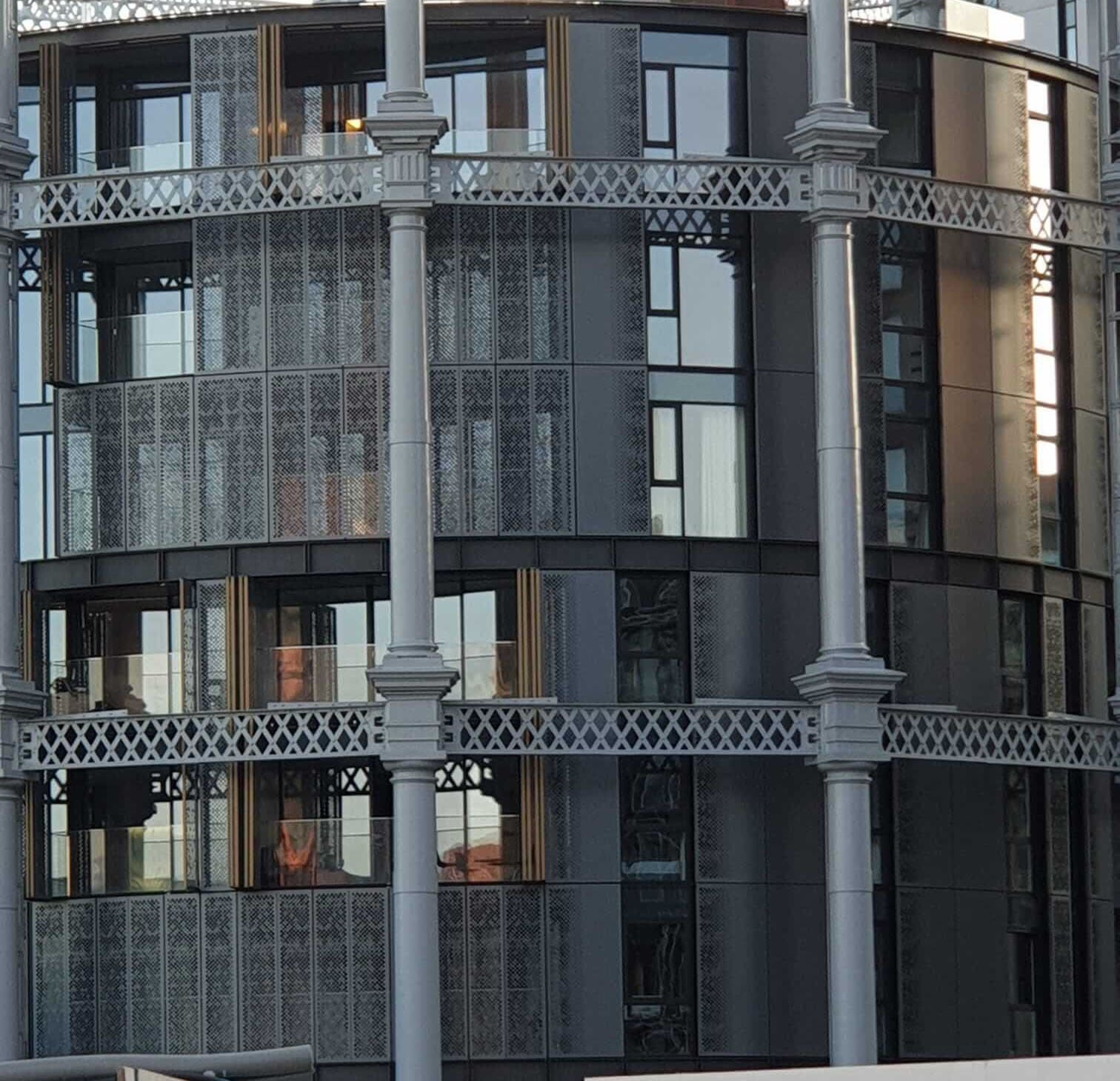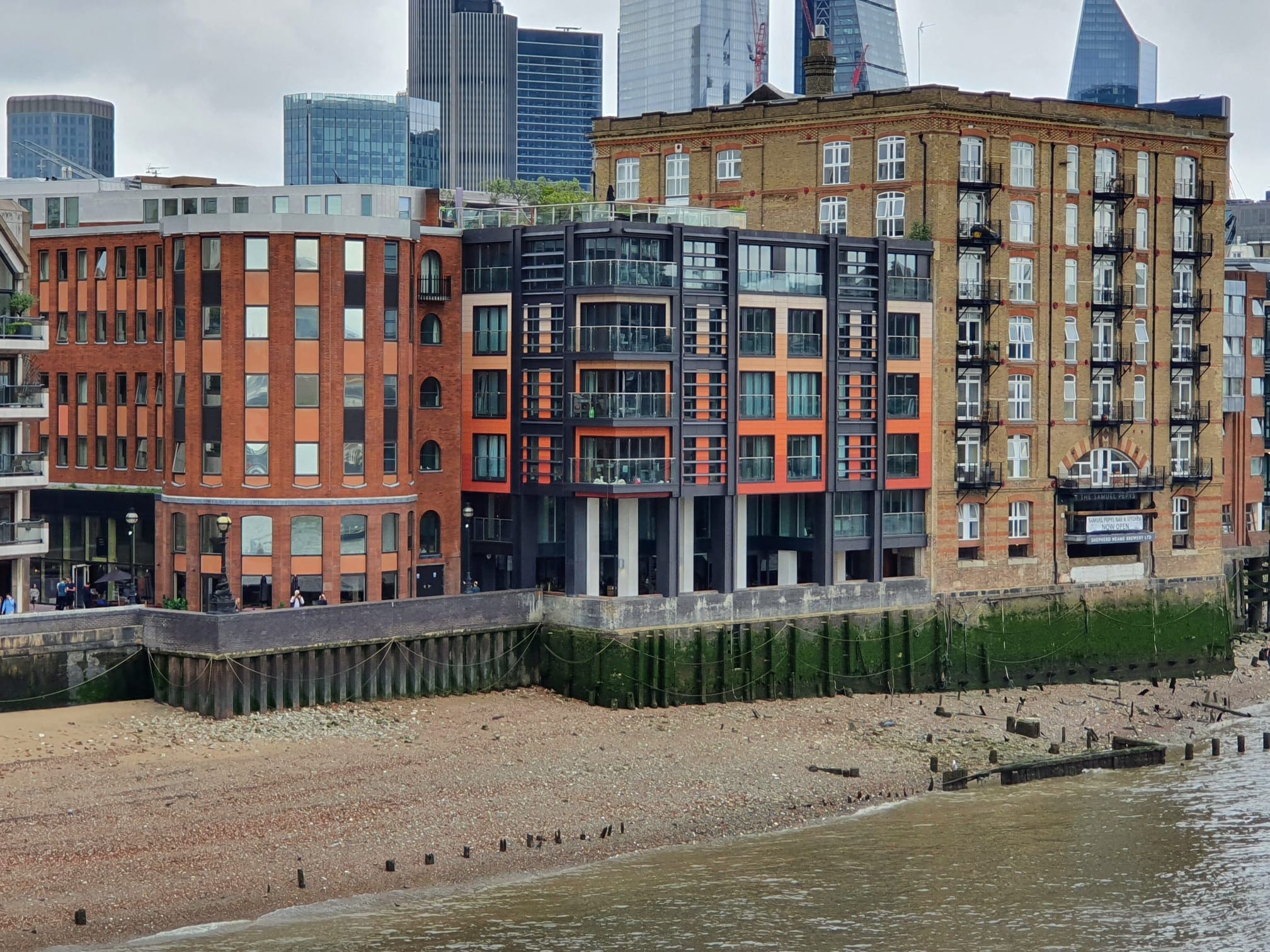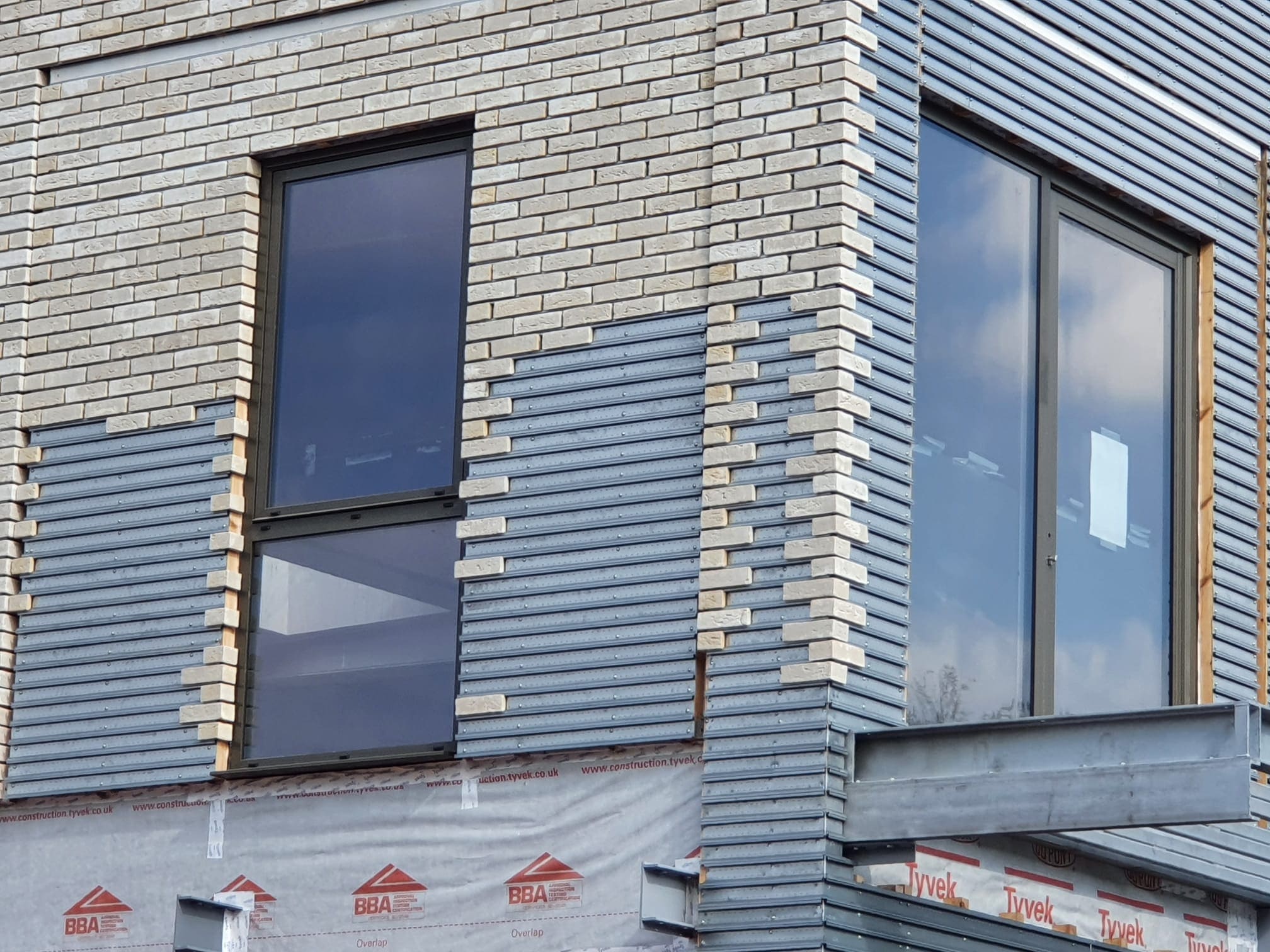 459
459
 0
0
Introduction to Planning Reform
A couple of weeks ago, we blogged about the government's proposed changes to the planning system. The goal is to streamline housing delivery and make it quicker and easier to bring new developments in areas with high demand.
The Shift Towards a Zonal Planning System
The focus has largely been on land categorization, which is moving towards a zonal planning system. This new approach is intended to simplify development in the right areas, but it also brings challenges that need addressing.
Criticism of Housing Distribution Plans
The plans have faced criticism, particularly regarding the distribution of housing. The proposed algorithm for new development allocations could result in more homes being built in rural and suburban areas, which could impact the appeal of urban living.
Concerns Over Regional Imbalance
The new plan risks increasing the number of homes in the south-east of England while potentially leaving the north and rural areas behind. This raises questions about whether the government’s promise to 'level up' less affluent areas will be met.
The Government’s White Paper on Housing
The white paper indicates that most new homes will be built around Greater London and the South East. The number of homes built in London would nearly treble, while the South East would see a significant increase.
Balancing Homeownership and Rental Needs
While the government's focus is on increasing homeownership for first-time buyers, there is also a clear emphasis on boosting rental properties. It’s crucial that these new homes are delivered with a focus on quality, and it will be interesting to see how the proposals evolve under political and technical scrutiny.





Meet our Expert Property Commentators



























